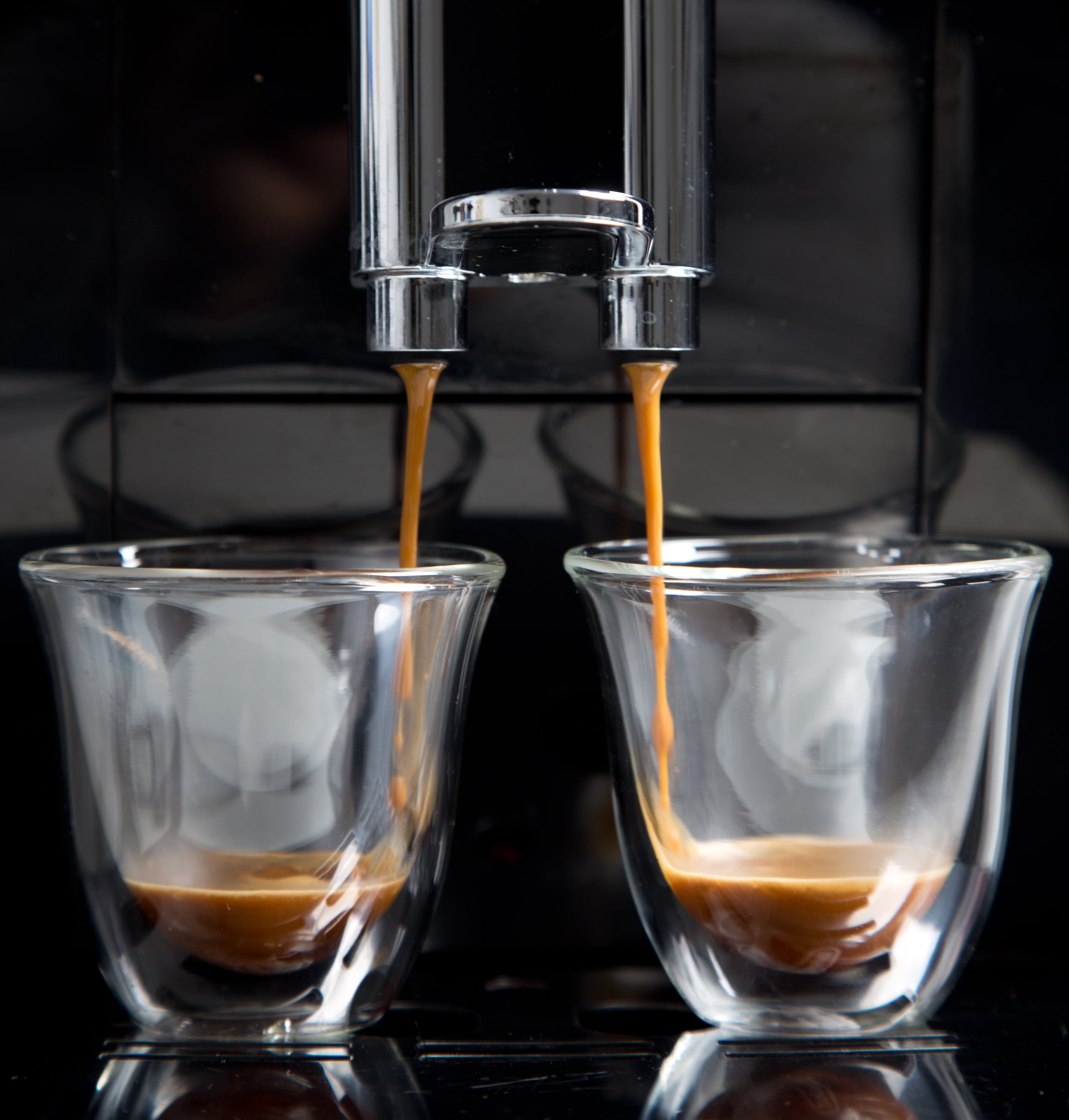

The preparation of a “lungo” is the direct opposite of how you would prepare a ristretto. In other words, a Lungo is a long shot of espresso. The name “lungo” is Italian for “long” which indicates one of the characteristics for this type of espresso shot. For this reason, the flavor profile of a ristretto is comparatively sweeter compared to a classic single espresso. As a result, it reduces the overall bitterness of the coffee.

In this context, the aim of the ristretto is to extract an espresso with lesser crema. The crema is the final layer to be extracted from the coffee grounds and it is the layer which carries most of the aromatics as well as bitter compounds. In my previous post, I talked about the espresso layers which consist of crema, body and heart. I guess the next question that pops in your mind is, “Why do you reduce the volume of water when extracting coffee?” With that in mind, to brew a ristretto, retain the coffee ground mass of 9 grams but now aim to produce 9 grams of liquid coffee with an extraction time of approximately 15 seconds. The industry wide practice to brew a ristretto is to use half the amount of water used for a single espresso shot. This results in a more concentrated shot of espresso. This type of espresso got its name because to brew a ristretto, you will need to restrict the amount of water that flows through the coffee grounds. Simply put, a Ristretto is a short shot of espresso. The term “ristretto” loosely translates to “narrow” or “restrict” in English which kind of describes the brewing process for this type of espresso shot.


 0 kommentar(er)
0 kommentar(er)
